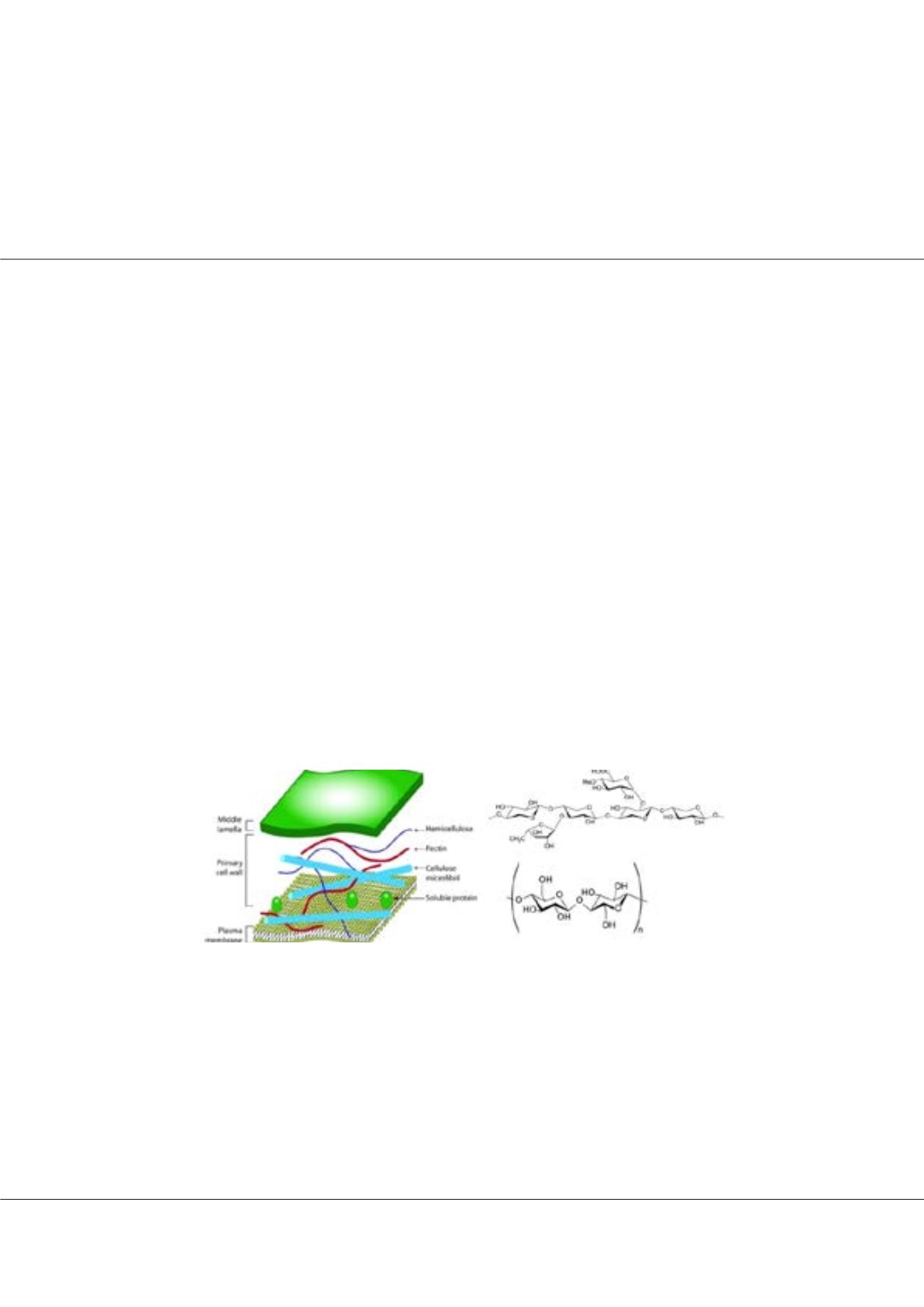

Page 46
conferenceseries
.com
Volume 8, Issue 5 (Suppl)
J Bioremediat Biodegrad, an open access journal
ISSN: 2155-6199
Biofuels Congress 2017
September 05-06, 2017
September 05-06, 2017 | London, UK
Biofuels and Bioenergy
6
th
World Congress on
Biofuel precursors from food wastes using microwave radiation
Andrés Moreno, Covadonga Lucas-Torres, Almudena Lorente, M Prado Sánchez-Verdú, Alberto J Huertas
and
Manuel Salgado
University of Castilla-La Mancha, Spain
I
n biomass technologies, microwave radiation earned importance as a green and environmental friendly energy, for getting biofuel
precursors from agricultural wastes. Biomass waste is becoming increasingly recognized as a good feedstock and carbon source
with different components and applications. Plant cell wall is mainly composed by cellulose, hemi-cellulose and lignin. One example
of this type of feedstock is the agro-food waste from the external part of melon rind, which is considered in this work as a potential
bio-resource with several applications. Indeed, this material is fairly rich in carbohydrates, phenolic compounds and fatty acids.
The carbohydrate fraction of melon rind is mainly composed of cellulose, hemicelluloses and pectin, with glucose, xylose and
galactose being the major monosaccharides present. Typically, 5-hydroxy-methylfurfural (5-HMF) is obtained by the dehydration
of monosaccharides (hexoses such as glucose or fructose) at high temperature using an acid catalyst in aqueous solution, leading to
levulinic acid (LA) and formic acid (FA) as by-products. In the work described here, this process is studied, comparing microwave and
conventional heating, as well as the use of sulfuric acid (H
2
SO
4
) and the Montmorillonite KSF clay as catalyst. Some improvements
were observed when the reactions were carried out using a biphasic system (water:THF) which provides a more effective product
extraction than the monophasic systems. The highest 5-HMF and LA recoveries where obtained with the combination of the biphasic
systems and microwave radiation using MKSF as catalyst. This approach highlights the opportunities of melon rind carbohydrate
fraction to be transformed in a source of biofuel precursors, in a clean and efficient manner, using environmental-friendly techniques.
Hence, the aim of this work is the study of the hydrolysis and dehydration of microcrystalline cellulose by microwave radiation using
homogeneous and heterogeneous catalysts and different reaction systems. The optimal conditions obtained have been applied for the
obtaining of HMF and LA, both of them well-known biofuel precursors, from some waste such as beer bagasse and melon rind. For
conclusion, this work has been able to obtain biofuel precursors from waste using a green and environmentally friendly energy such
as microwave radiation. In addition, we have developed different methods to obtain one precursor or another, using different pre-
treatment and changing experimental conditions.
Figure 1: Components of the cell wall
Biography
Andrés Moreno began his academic and research career in University of Castilla-La Mancha (Spain) getting PhD degree in Organic Chemistry in 1990. He carried
out Postdoctoral Studies at University of Oxford and University of Paris-Sud. He worked as an Assistant Professor in Organic Chemistry in 1995. He worked as
Visiting Professor at University of Oxford, and also short stays at “Green Chemistry Centre of Excellence of York” & University of Rome I. In 2015, he obtained a
Full Professor position by Spanish Educational Government. The main lines of his research are: application of microwave radiation in organic synthesis; use of solid
supports and not pollutants oxidizers in reactions catalysed by acids; chemistry of food; structural identification of its components by nuclear magnetic resonance
(multinuclear and qNMR); synthesis and characterization of biofuel precursors from agricultural wastes.
Andres.Moreno@uclm.esAndrés Moreno et al., J Bioremediat Biodegrad 2017, 8:5(Suppl)
DOI: 10.4172/2155-6199-C1-008
















